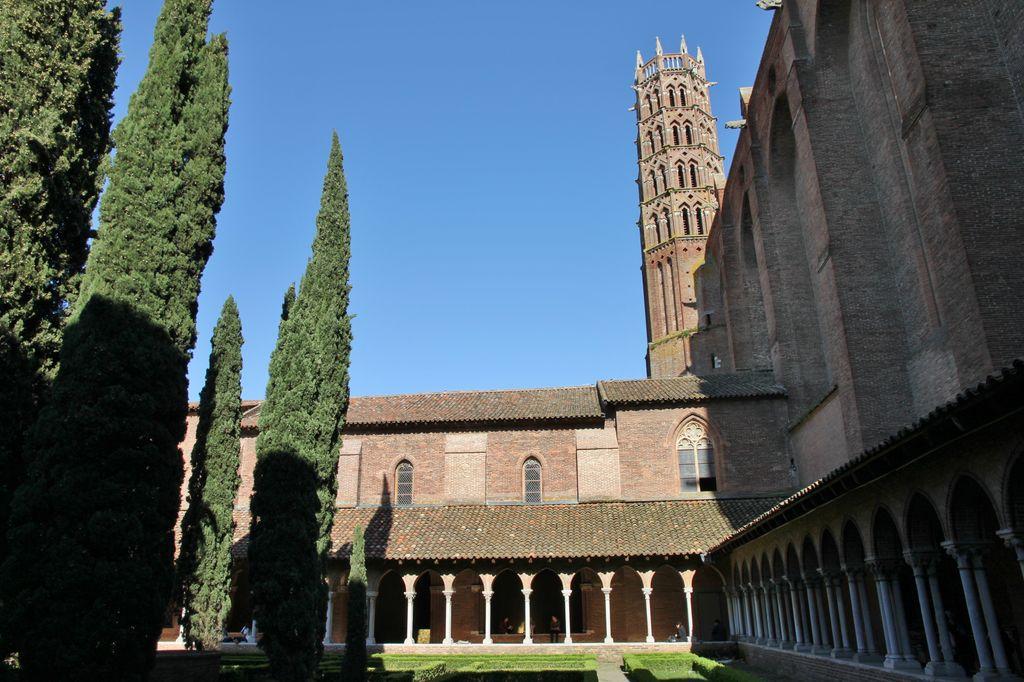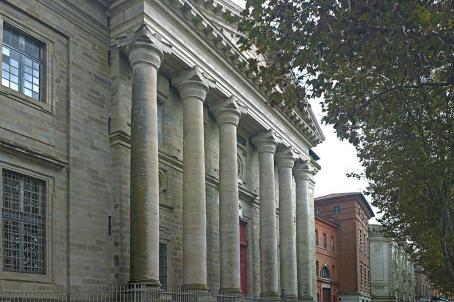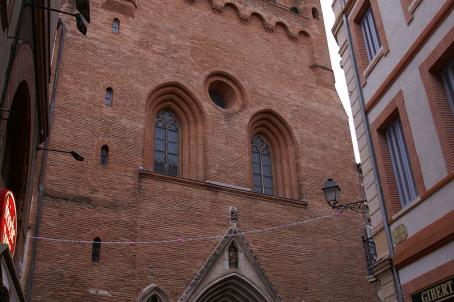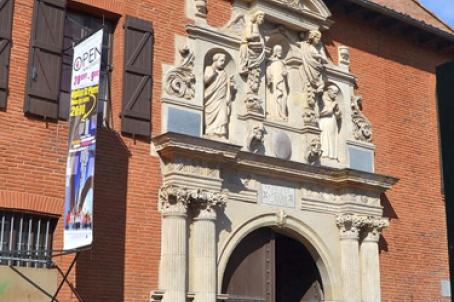Ensemble conventuel des Jacobins

The convent of the Jacobins of Toulouse is composed of a church (Church of the Jacobins), a cloister, a chapter house, a refectory and a chapel (Chapelle Saint-Antonin). It was built by the Order of Friars Preachers in 1230 to counter the influence of the Cathar heresy. These buildings entirely in brick are considered a perfect example of Languedoc Gothic art. In these buildings, was established the old University of Toulouse (1229-1793) until its suppression to the French Revolution.





